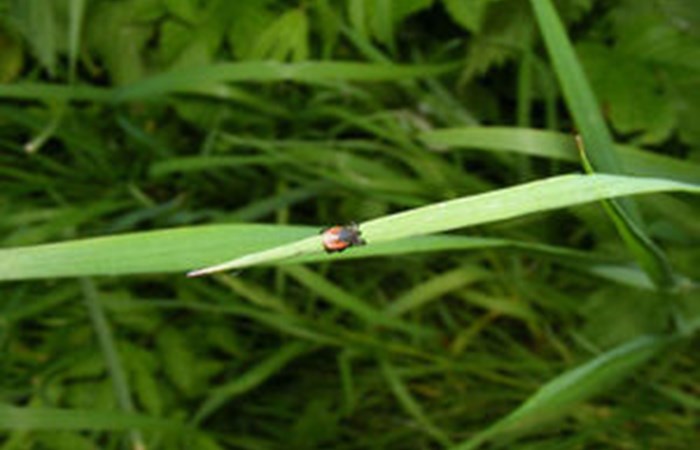Public Health England

Beware of what lies in wait in long grasses this summer. PHE is raising awareness of ticks and how to prevent infections from the diseases associated with them.
PHE Head of Medical Entomology, Dr Jolyon Medlock, said:
The start of half term is a good time to think about ticks and what actions to take to avoid the diseases they carry.
The number one thing that people can do to stay safe from ticks is to carry out a tick check after spending time outdoors and remove ticks as soon as possible. If a tick is removed within 12 to 24 hours it will reduce the risk of being infected.
Lyme disease is the most significant tick-borne infection in the UK, with an estimated 1,000 to 2,000 cases per year.
Dr Medlock said that although case numbers tripled between 2001 and 2012, many people remain unfamiliar with ticks, the associated disease risk and tick bite prevention measures.
As children are bitten mostly on the head, this is a very important area to check particularly behind the ears, at the hairline and on the neck.
It is recommended that tweezers or a tick tool be used to remove ticks, as other methods may lead to infection.
PHE is working with local councils to raise awareness of ticks and the risks to health.
More information can be found in our ticks and your health factsheet and in Dr Jolyon Medlocks blog Tips and tricks to stay safe from ticks. There is also further information on Lyme disease and PHEs tick recording scheme.
